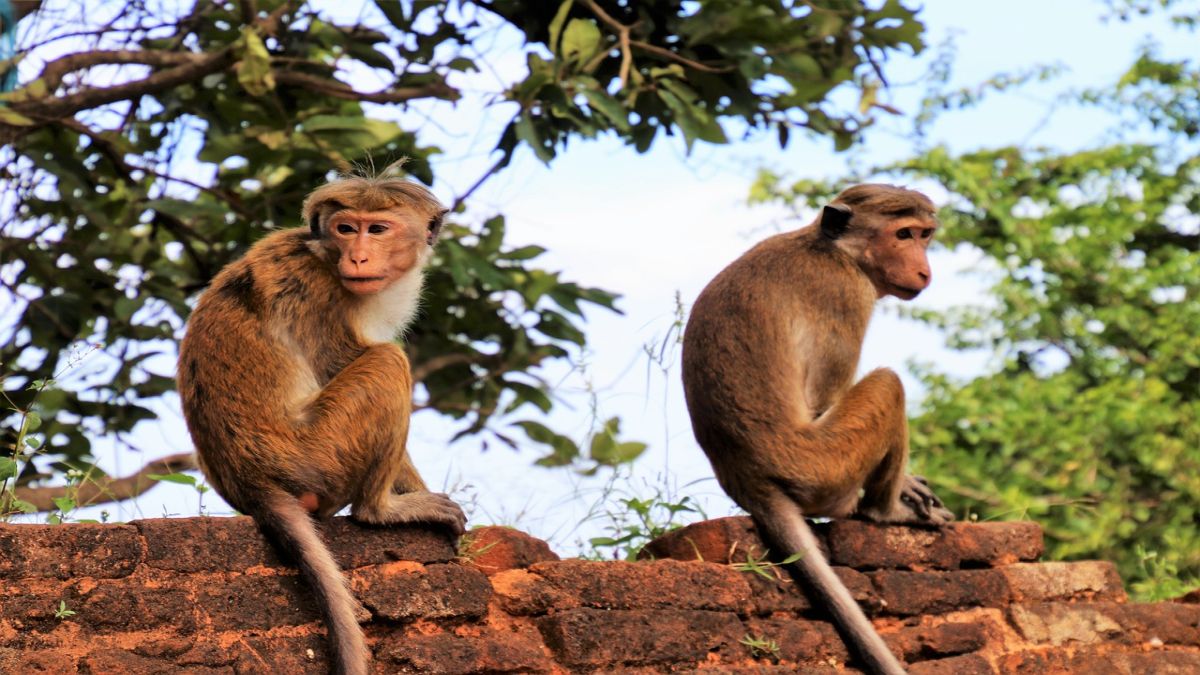The researchers compared the genomes of six species of apes, including humans, and 15 species of monkeys with tails to pinpoint key differences between the groups. Pixabay
Long ago, our animal ancestors had tails, but we don’t.
Scientists have been curious about why this change happened. Now, a new study found that a small change in a special gene might be the reason.
“We found a single mutation in a very important gene,” said Bo Xia, a geneticist at the Broad Institute and co-author of a study published Wednesday in the journal Nature.
Here’s what led the scientists to the discovery after about 25 million years. What they found, and why did humans lose their tails? Did it do us any good?
Why did our ancestors lose their tails?
According to Live Science, the remarkable discovery began when first study author, Bo Xia, a former student at New York University and now a principal investigator at the Broad Institute, injured his tailbone and became interested in the structure’s origin.
The study, published in the journal Nature, compared the DNA of tail-less apes and humans to tailed monkeys and discovered an insertion — a type of genetic change — in DNA shared by apes and humans but absent in monkeys.
According to a report in Metro, previous research had linked more than 100 genes to the development of tails in various vertebrate species, and the NYU study authors hypothesised that tail loss was caused by changes in the DNA code or mutations in one or more of them.
Surprisingly, the researchers discovered that differences in tails were caused by the addition of a DNA snippet called AluY into the gene’s code in the ancestors of apes and humans, rather than by gene mutations.
“Our study begins to explain how evolution removed our tails, a question that has intrigued me since I was young,” said Dr Bo Xia, reports Metro.
When the researchers engineered a group of mice to see how the insertion of a gene called TBXT affected their tails, they discovered a wide range of tail effects, including some mice born without tails. Further research showed that an insertion – addition – to the TBXT gene, AluY, influenced different tail lengths.
Xia, however, cautioned that other genetic changes may also play a role in losing tails.
Did it help us?
Another mystery: Did having no tails actually help these ape ancestors — and eventually, humans — survive? Or was it just a chance mutation in a population that thrived for other reasons?
“It could be random chance, but it could have brought a big evolutionary advantage,” said Miriam Konkel, an evolutionary geneticist at Clemson University, who was not involved in the study.
As to why having no tails may have helped, there are many tantalising theories — including some that link being tailless to humans eventually learning to walk upright.
Rick Potts, who directs the Smithsonian Institution’s Human Origins Project and was not involved in the research, suggests being tailless may have been a first step toward some apes adopting a vertical body posture, even before they left the trees.
Not all apes live on the ground today. Orangutans and gibbons are tailless apes that still live in trees. But Potts notes that they move very differently than monkeys, who scamper along the tops of branches, using their tails for balance. Those apes hang below branches, swinging between them while hanging largely upright.
New York University biologist Itai Yanai, a co-author of the study, said that losing our tails was clearly a major transition. But the only way to certainly know the reason “would be to invent a time machine,” he said.
With inputs from AP

Shambhu Kumar is a science communicator, making complex scientific topics accessible to all. His articles explore breakthroughs in various scientific disciplines, from space exploration to cutting-edge research.

)
